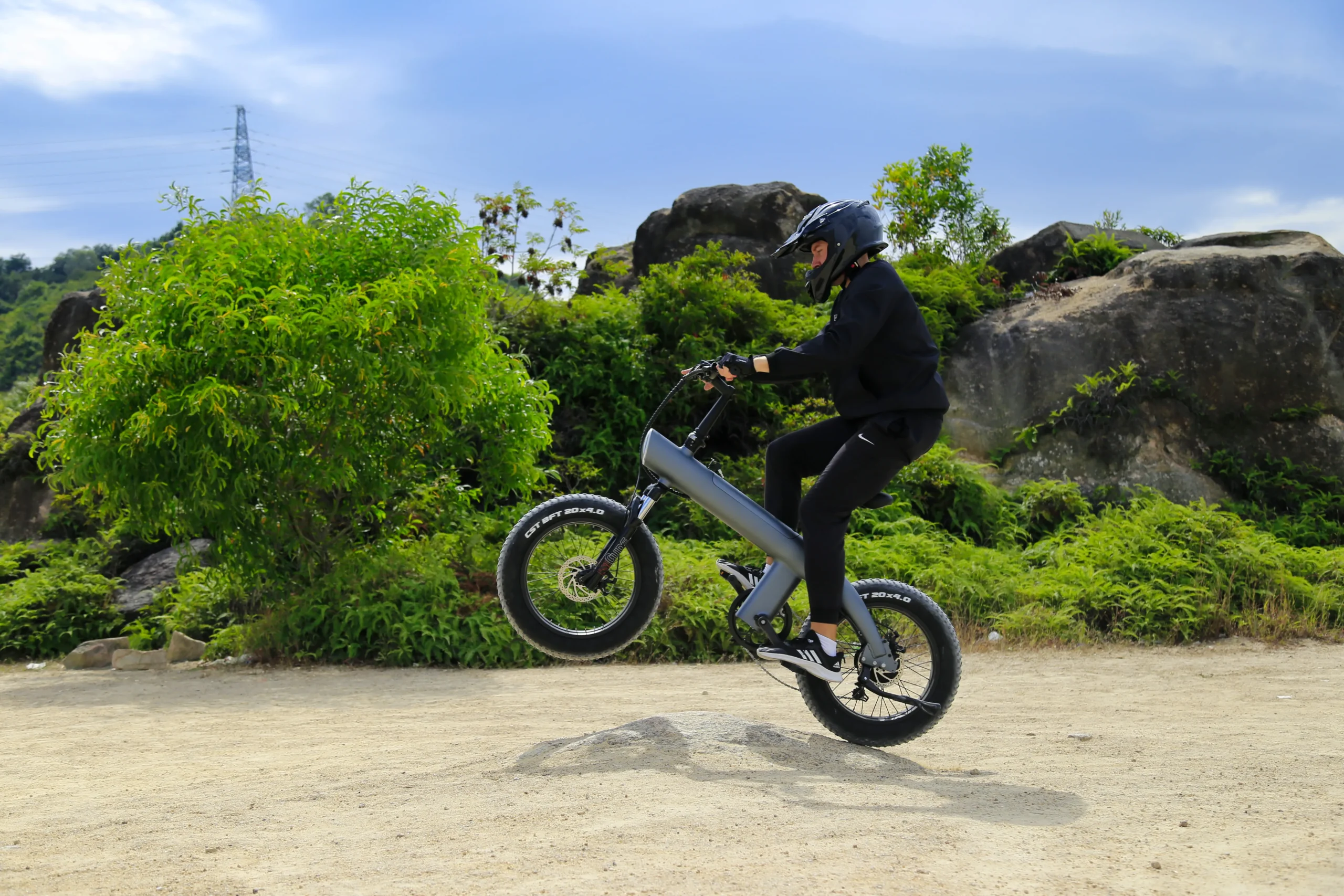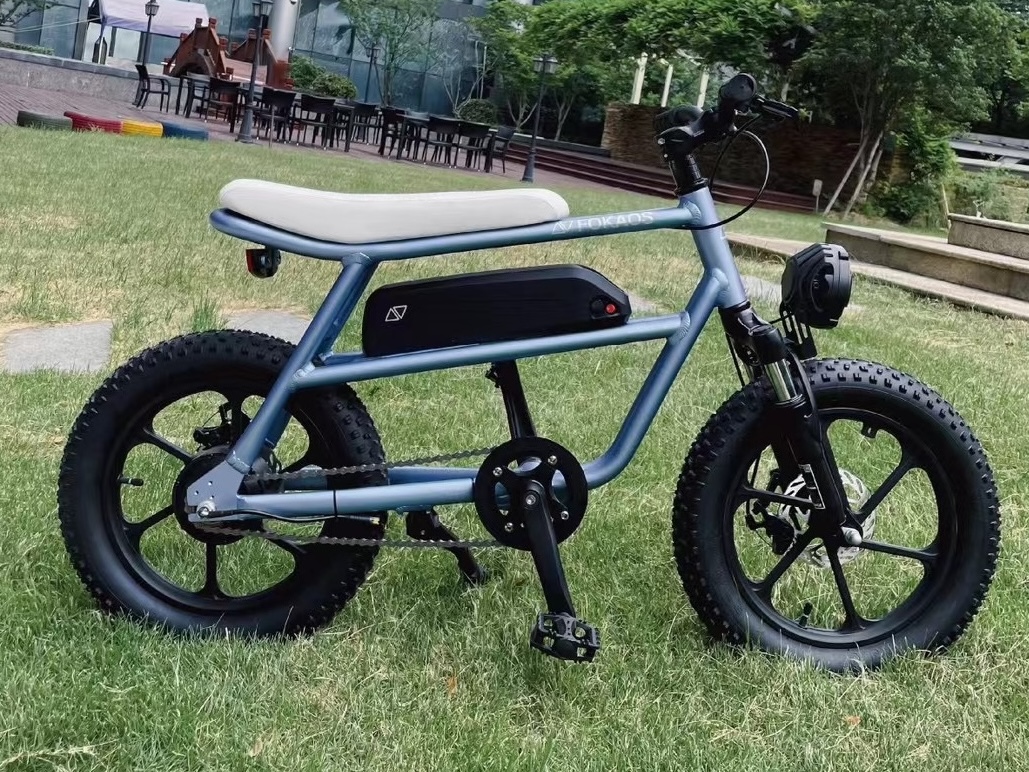This is a critical and advanced procedure for recovering a severely over-discharged battery pack. the core principle is to bypass the disabled BMS and slowly bring each individual cell group (or the entire pack) above the BMS’s low-voltage disconnect (LVD) threshold, which is typically around 2.8V – 3.0V per cell. Only then will the BMS “wake up” and allow a standard charger to function. Here is a detailed, step-by-step guide in English on how to do this safely.
WARNING: This procedure involves working with high-energy battery packs and carries risks including fire, explosion, and electric shock. Perform these steps at your own risk. If you are not confident, do not proceed. Seek help from a professional battery technician. Always work in a fire-safe area with a Class D fire extinguisher nearby. Wear safety glasses and gloves.
Required Tools and Equipment:
- Digital Multimeter: Essential for measuring voltage.
- Li-ion/Polymer Balance Charger (RC Charger): The best tool for the job. A charger like an iCharger, SkyRC, or similar that allows you to charge via the balance port. OR
- A Lab Bench Power Supply (DC Variable Power Supply): With adjustable voltage and current limits.
- JST-XH Balance Lead Extension Cable (7S or 10S or 13S, depends on the series qty of your battery): This is needed to access the balance port of your battery if it’s not easily accessible.
- Alligator Clip Leads: For making secure connections.
Let’s take a 13S NCM lithium battery pack for an example, don’t forget to separate the BMS and the battery.
Method 1: Using a Balance Charger (The Safest and Recommended Method)
This method charges each cell group individually and is the most controlled way to recover the pack.
Step 1: Access the Balance Port
Locate the 14-pin white JST-XH balance connector on your battery pack. If it’s buried inside, you may need to carefully open the battery case to access it. Handle the battery pack with extreme care to avoid shorting any terminals.
Step 2: Measure Individual Cell Voltages
- Set your multimeter to DC Voltage (DCV).
- Insert the black probe into the first pin (the ground pin) of the balance connector.
- Use the red probe to measure each subsequent pin.
- Pin 1-2: Voltage of Cell #1
- Pin 2-3: Voltage of Cell #2
- … and so on until …
- Pin 13-14: Voltage of Cell #13
- Record all voltages. You will find some or all are below 2.8V.
Step 3: Connect the Balance Charger
- Connect the main discharge leads of your battery to the balance charger’s main output ports. Observe polarity (Red to Red, Black to Black).
- Connect the battery’s 14-pin balance connector to the corresponding port on your balance charger. Double-check that the pin 1 (ground wire) is aligned correctly. An incorrect connection will short the cells.
Step 4: Configure and Start Charging
- Turn on your balance charger.
- Select the LiPo / Li-ion program.
- Set the battery type to Li-ion (or LiPo if Li-ion is not available, the voltages are similar).
- Set the cell count to 13S.
- Set the charge current to a very low value, typically 0.5A to 1.0A. A slow charge is safer for recovering damaged cells.
- Set the voltage per cell to 3.2V (this is a safe storage voltage). You are not doing a full charge; you are just reviving the pack.
- Start the charging process. The charger will slowly and evenly bring each cell group above 3.0V.
Step 5: Final Charge with Standard Charger
- Once the balance charger has finished and all cells are at ~3.2V, disconnect everything. (guarantee all cells’ voltage are the same)
- The BMS should now be active. You can now use your standard 54.6V (13S) charger to fully charge the pack with BMS normally.
Method 2: Using a Lab Bench Power Supply (Precision Method)
This method charges the entire pack at once through the main terminals but requires careful manual voltage setting.
Step 1: Measure Total Pack Voltage
- Use your multimeter to measure the voltage across the main positive and negative terminals of the battery pack. It will be very low (e.g., < 30V for a 48V nominal pack).
Step 2: Configure the Power Supply
- CRITICAL: Before connecting anything to the battery, configure the power supply.
- Set the voltage limit to 39.0V (13 cells * 3.0V per cell). This is your target “wake-up” voltage.
- Set the current limit to a very low value, 0.5A.
Step 3: Connect and Charge
- Connect the power supply’s positive lead to the battery’s positive terminal.
- Connect the negative lead to the negative terminal.
- Turn on the power supply.
- The power supply will now deliver a small, safe current (0.5A) to the pack. Monitor the voltage on the power supply display. It will slowly creep up from its very low state.
Step 4: Monitor and Disconnect
- Watch the voltage constantly. Once the total pack voltage reaches 39.0V, immediately turn off and disconnect the power supply.
- Do not exceed this voltage. The goal is simply to get the pack above the BMS’s low-voltage cutoff.
Step 5: Verify BMS Activation and Final Charge
- Use your multimeter to check the main terminals again. You should now see a voltage close to 39V. The BMS output should now be active.
- Now, connect your standard 54.6V charger. It should recognize the pack with BMS and begin charging normally.
Crucial Final Advice:
- Cell Damage: If any cell voltage was below 2.0V for a long time, it may be permanently damaged. It will have a very high internal resistance, won’t hold charge, and will drain quickly. A balance charger will often detect this and show an error.
- After Recovery: After successfully charging, use your balance charger to check the internal resistance (IR) of each cell group. A cell with significantly higher IR than the others is damaged and should be replaced. A pack with a damaged cell is unsafe to use.
- If It Fails: If the BMS does not wake up after this procedure, the BMS itself may be faulty and require replacement.
This process requires patience and precision. Rushing it or using incorrect settings can lead to a dangerous situation. The balance charger method is vastly superior as it manages each cell individually, preventing any single cell from being overcharged during the recovery process.





中.jpeg)
